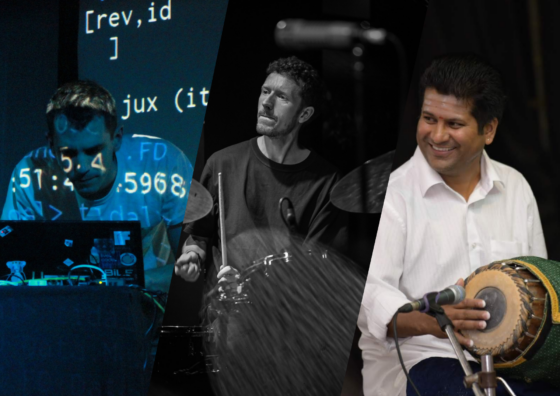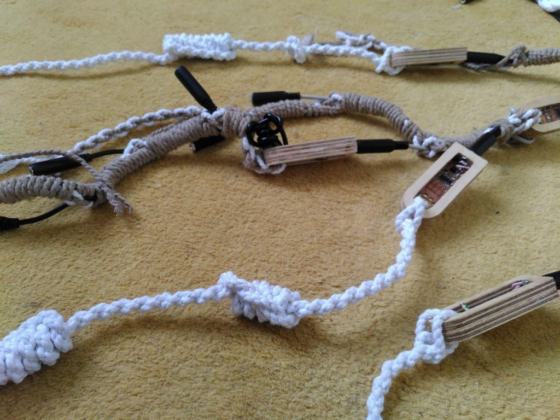This is a big one for me – an upcoming collaboration with B C Manjunath and Matt Davies, exploring carnatic … More
Category: events
Algorithmic Pattern updates
I’ve been a bit behind on blogging in general, but made five posts in the Algorithmic Pattern blog yesterday.. On … More
Talk abstract: Pattern and groove in live coding
I’m happy to have a talk accepted for the first groove workshop happening in Jan 2023, “an online meeting seeking … More
Live interview with Music Hackspace
I’m really looking forward to joining JB from Music Hackspace to go through the pre-history, history, present and potential future … More
2020 roundup
January brought personal loss, and lets face it the rest of the year wasn’t the best ride, but I thought … More
Apocalyptic folk night, Dec 2018
A recording of the “apocalyptic folk night” that took place in Access Space Sheffield, 11th December 2018 from 8pm until … More
Upcoming projects
A few choice projects coming up! Tidal new moon – an online stream of 72 x 20 minute performances with … More
NIME – algorithmic pattern
I gave a paper and performance for the New Interfaces for Musical Expression conferece last week. It was to be … More
Live on DOMMUNE Tokyo
Here’s my set from the Tokyo x Yorkshire show live on DOMMUNE last month: It was a lot of fun, … More
Bluedot algorave 2018
Bluedot 2018 was a great time, here’s a nicely live edited film of it.. Catch Sam + me as CCAI … More


